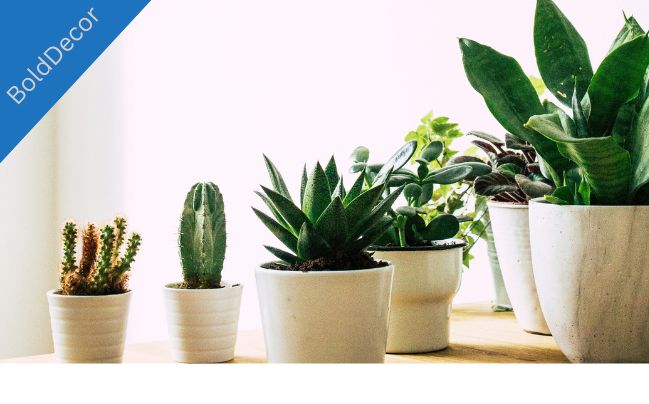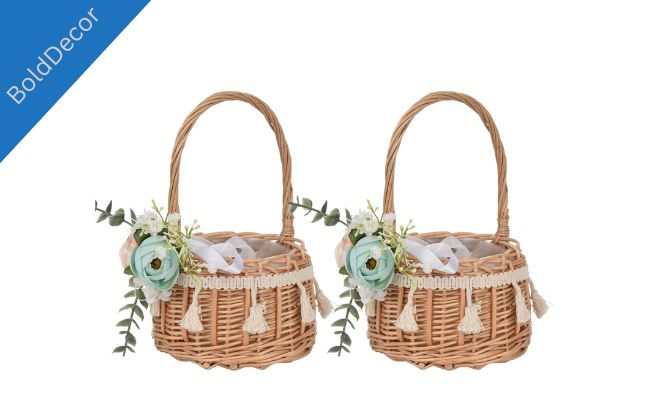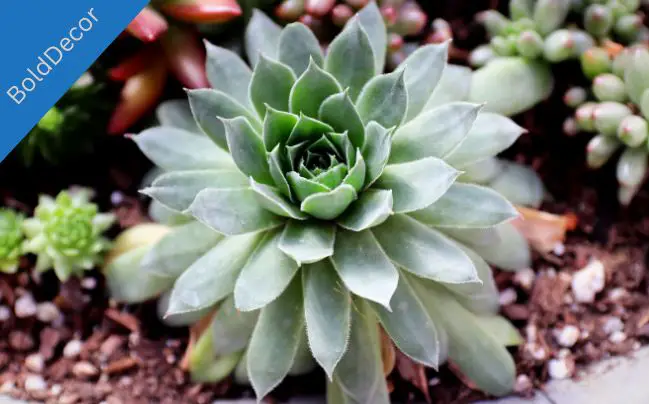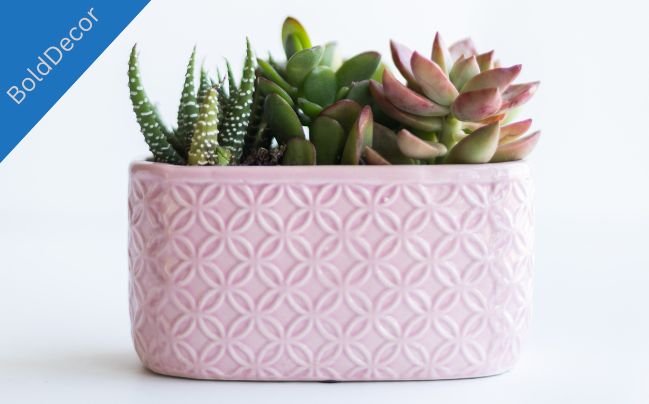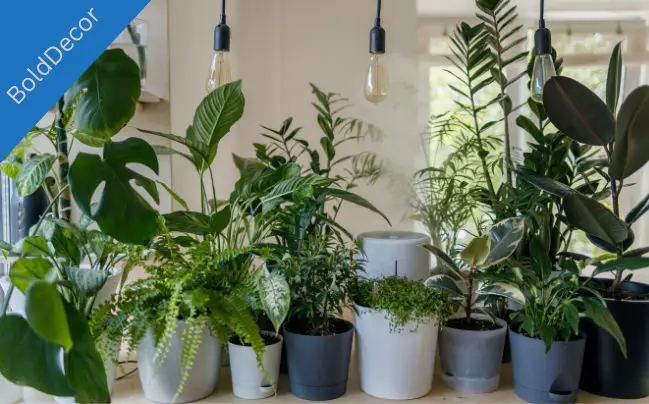Welcome to my comprehensive guide on how to create a low-maintenance indoor plant garden. As an experienced indoor gardener, I understand the challenges of keeping indoor plants healthy and thriving. That’s why I’ve compiled these useful tips and ideas to help you enjoy the beauty of nature in your home, effortlessly.
Indoor gardening can be a fun and rewarding hobby that offers numerous benefits. Not only does it improve air quality, but it also reduces stress and enhances overall well-being. By selecting the right low-maintenance plant varieties and implementing proper care techniques, your indoor garden can flourish with minimal effort.
Key Takeaways:
- Select low-maintenance plant varieties for a stress-free indoor gardening experience.
- Pay attention to factors such as lighting, humidity, and temperature to create the ideal indoor environment.
- Choose containers with proper drainage and size to accommodate the plants’ roots and enhance the aesthetic of your indoor garden.
- Water your indoor plants correctly to avoid over or under-watering.
- Establish a regular plant care routine to prevent potential problems and ensure the longevity of your indoor garden.
Table of Contents
Benefits of Indoor Gardening
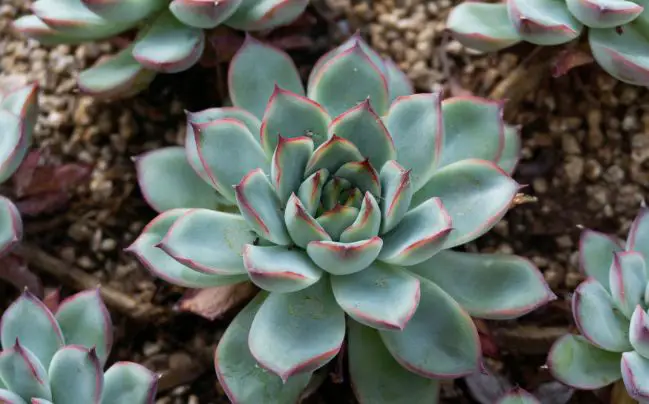
As an indoor gardening enthusiast, I cannot emphasize enough the positive impact that indoor plants can have on your well-being. Not only do they improve the aesthetic appeal of a space, but they also offer numerous benefits for your physical and emotional health.
One of the primary benefits of indoor gardening is the improvement of air quality. Indoor plants act as natural air filters, removing harmful pollutants and toxins from the air. Research has shown that indoor plants can reduce the levels of volatile organic compounds (VOCs) in the air, which can be particularly beneficial for individuals with respiratory issues.
Indoor gardening can also help reduce stress levels and enhance overall well-being. Studies have found that having plants in your environment can lead to lower levels of stress, anxiety, and depression, as well as increased feelings of positivity and relaxation.
Another advantage of indoor gardening is that it can be a relatively low-maintenance hobby. With the proper selection of low-maintenance plant varieties and a consistent care routine, indoor gardening can be an enjoyable and stress-free experience.
Indoor Gardening Tips
- Choose low-maintenance plant varieties that thrive in indoor environments.
- Establish a consistent plant care routine, including watering, pruning, and fertilizing.
- Create the ideal indoor environment by addressing factors such as temperature, lighting, and humidity.
- Maximize natural light by placing plants near windows or using reflective surfaces.
- Supplement with artificial light in areas with limited natural light.
- Identify and address common issues such as pests, fungal diseases, and yellowing leaves.
By following these indoor gardening tips, you can enjoy the benefits of a thriving indoor plant garden with minimal effort. Whether you’re a beginner or an experienced indoor gardener, incorporating plants into your home environment can have a positive impact on your physical and emotional health, as well as your overall quality of life.
Choosing the Right Indoor Plants
Choosing the right indoor plants is essential for a successful low-maintenance garden. When selecting plants, consider their natural habitat and choose those that can thrive in indoor environments. A good rule of thumb is to look for low maintenance plant varieties that require minimal care, such as:
- Sansevieria (Snake Plant)
- Pothos (Devil’s Ivy)
- Dracaena (Dragon Tree)
- ZZ Plant
- Spider Plant
These plants have adapted to low light and humidity and can tolerate infrequent watering, making them perfect for beginners or those with busy schedules.
Consider factors such as light requirements, humidity levels, and water needs when choosing your plants. For example, if your home has low light, choose plants that can thrive in those conditions. If you tend to forget to water your plants, opt for plants that require less frequent watering.
Note: Avoid plants that are known to be high maintenance, such as orchids or ferns, as they require more care and attention.
Creating the Ideal Indoor Environment
Creating the ideal environment for your indoor plants is crucial for their growth and well-being. Factors such as temperature, lighting, and humidity are essential for indoor plant care. Here are a few tips to help you create the perfect indoor environment for your low-maintenance indoor garden:
Temperature
The ideal temperature for indoor plants ranges between 60°F to 75°F (15°C to 24°C). Avoid placing your plants in areas with extreme temperatures, such as near heating or cooling vents. This can cause stress and damage to your plants.
Lighting
Light is one of the most critical elements of indoor plant care. Be sure to place your plants in areas with adequate natural light, such as near windows. If natural light is limited, consider supplementing with artificial light. When using artificial light, ensure the intensity and duration are appropriate for your plants. Avoid placing your plants too close to the light source, as this can cause damage to the leaves and flowers.
Humidity
Indoor plants thrive in environments with moderate humidity levels of around 40% to 60%. To increase humidity levels, you can use a humidifier, a tray of water near your plants, or mist them regularly with a spray bottle. Avoid placing your plants near sources of dry, hot air, such as heating vents or fireplaces.
Air Circulation
Good air circulation is essential for maintaining healthy indoor plants. Ensure that the air in your home is circulating correctly by opening windows or using a fan to avoid stagnant air. This will help prevent the growth of mold and mildew, which can be harmful to your plants and your health.
Choosing the Right Containers
Choosing the right containers for your indoor plants is a crucial part of indoor gardening. The containers you choose will affect the growth and overall health of your plants. Here are a few indoor gardening tips to keep in mind when selecting containers:
- Adequate Drainage: Opt for containers with proper drainage holes to prevent overwatering and root rot. You can also add a layer of gravel or rocks at the bottom of the container to improve drainage.
- Appropriate Size: Choose containers that are large enough to accommodate the plant’s root system and allow room for growth. If the container is too small, the plant may become root-bound and suffer.
- Aesthetically Pleasing: Consider the appearance of the container and how it will enhance the overall look of your indoor garden. Choose containers that complement the colors and textures of your plants and your home decor.
You can also get creative with your container choices by using repurposed items such as teacups, mason jars, or even old tins. Just make sure the container provides adequate drainage and is large enough to support your plant.
Proper Watering Techniques
Watering your indoor plants correctly is essential for their survival. Overwatering or underwatering can be detrimental to their health, and it’s important to strike a balance. Here are some tips for proper indoor plant watering:
- Learn the water requirements – Different indoor plants have different water requirements. Some plants like to be kept moist, while others prefer to dry out between watering. Learn your plant’s specific needs, and adjust your watering routine accordingly.
- Pay attention to soil moisture – Before watering, check the soil moisture level by sticking your finger about an inch deep into the soil. If it feels dry, it’s time to water. If it’s still moist, wait a few more days.
- Water thoroughly – When watering, make sure to water thoroughly, so the water reaches the roots. Don’t just water the surface. Water until you see it draining out of the bottom of the container.
- Empty the saucer – After watering, make sure to empty the excess water that collects in the saucer. Leaving the plant sitting in water can cause root rot.
- Use room-temperature water – Avoid using cold water as it can shock the plant’s roots. Room-temperature water is best.
- Adjust based on season – In the winter, when indoor heating can dry out the air, plants may require more water than in the summer. Adjust your watering routine accordingly.
By following these indoor plant care tips, you can ensure that your plants receive the proper watering they need to thrive without requiring too much maintenance.
Implementing a Plant Care Routine
Indoor plant care requires regular attention to prevent potential problems and ensure the longevity of your plants. By implementing a plant care routine, you can maintain a healthy and beautiful low-maintenance indoor garden.
Pruning is an essential task that promotes healthy growth and enhances the appearance of your plants. Regularly trimming dead or yellowing leaves and removing spent flowers will prevent the spread of diseases and pests.
Pro Tip: Before pruning, ensure your pruning shears or scissors are clean and sharp to avoid damaging the plant.
Fertilizing is also a vital aspect of indoor plant care, providing essential nutrients to support plant growth. Choose a high-quality fertilizer that is soluble in water and applies it as directed on the package.
| Fertilizer Type | Frequency | Notes |
|---|---|---|
| Liquid Fertilizer | Every two weeks during the growing season | Follow the package instructions for dilution and application. |
| Slow-release Fertilizer | Every two to three months | Choose a fertilizer with a balanced N-P-K ratio and apply according to package instructions. |
Monitoring for pests is essential to catch infestations early and prevent severe damage to your plants. Look out for common indoor plant pests such as spider mites, mealybugs, and scale insects. In case of an infestation, isolate the affected plant, treat it, and monitor it closely.
- Identify the pest: Look for signs like visible insects, sticky residues, or unusual spots on the plant.
- Treat the plant: Use an appropriate insecticide or a natural remedy like neem oil to control the pest.
- Prevent future problems: Maintain good hygiene, avoid overwatering or underwatering, and inspect your plants regularly to prevent future pest problems.
By dedicating a specific time each week to care for your indoor plants, you can prevent potential problems and ensure their longevity. Remember to water your plants correctly, provide them with adequate light, and maintain optimal environmental conditions to keep them healthy and thriving.
Maximizing Natural Light
Maximizing natural light is essential for the successful growth of indoor plants. Placing your plants near windows or utilizing reflective surfaces can help enhance the amount of natural light they receive.
Window Placement
When deciding where to place your indoor plants, consider the proximity to windows. North-facing windows provide low to moderate light, making them suitable for plants that don’t require direct sunlight. East-facing windows offer bright morning light, while south-facing windows provide the strongest light and are ideal for sun-loving plants. West-facing windows have a warmer afternoon light, which can be suitable for certain plants.
However, be mindful of the intensity of direct sunlight, as it can damage some indoor plants. It’s best to place plants a few feet away from the window or use sheer curtains to filter the sunlight.
Reflective Surfaces
Another way to maximize natural light is by using reflective surfaces, such as mirrors or white walls, to bounce light back onto plants. This technique can help distribute light more evenly and increase the amount of light reaching the leaves.
However, avoid using metallic or highly polished surfaces, as they can reflect too much light and cause damage to the plant.
By maximizing natural light in your indoor garden, you can reduce the reliance on artificial lighting and create a healthier environment for your plants.
Supplementing with Artificial Light
While natural light is ideal for indoor plants, sometimes it’s just not enough. In these cases, supplementing with artificial light can provide the necessary boost to keep your plants healthy and thriving. Here are some indoor gardening tips to help you get started:
Know the Different Types of Artificial Lighting
When it comes to artificial lighting for indoor plants, you have several options to choose from. The most common types include:
| Type of Lighting | Pros | Cons |
|---|---|---|
| Fluorescent Lights | Energy-efficient, affordable, and versatile | Not as bright as other types of lighting |
| Incandescent Lights | Produce a warm and bright light | Can be expensive, and not as energy-efficient |
| LED Lights | Energy-efficient and long-lasting, with customizable settings | Can be expensive to purchase initially |
Consider your budget, the size of your indoor garden, and the specific needs of your plants when choosing the right type of artificial lighting.
Provide the Right Amount and Intensity of Light
Plants have different light requirements based on their species. Research your specific plants to determine the right amount and intensity of light needed for optimal growth. In general, most indoor plants require 12-16 hours of artificial light per day.
Be sure to position your artificial lights at the appropriate distance from your plants. Too close and you risk burning your plants, while too far away and you may not be providing enough light.
Monitor and Adjust as Needed
Just like with natural light, it’s important to monitor the performance of your artificial lights and make adjustments as needed. Keep an eye on the growth and health of your plants, and adjust the positioning and intensity of your lights accordingly.
With these indoor gardening tips, you can successfully supplement your indoor garden with artificial light and ensure the health and longevity of your plants.
Troubleshooting Common Issues
Even with my low-maintenance indoor garden, I sometimes face challenges that require attention. Here are some common issues you may encounter and how to deal with them:
Yellowing Leaves
If you notice your plant’s leaves turning yellow, it could be a sign of overwatering or underwatering. Check the soil’s moisture level and adjust your watering routine accordingly. Also, ensure your plant is getting the right amount of light and nutrients.
Pests
Indoor plants may attract pests such as spider mites, mealybugs, and scale insects. To prevent infestations, regularly inspect your plants for signs of pests such as holes in the leaves or sticky residue. You can use natural remedies like neem oil or insecticidal soap to get rid of them.
Fungal Diseases
Fungal diseases such as powdery mildew can occur in indoor plants with poor air circulation and high humidity levels. To prevent fungal diseases, avoid overcrowding your plants, ensure proper ventilation, and maintain appropriate humidity levels. If you notice signs of fungal infections, remove the infected leaves and treat the plant with a fungicide.
Stunted Growth
If your indoor plants are not growing as expected, it could be due to factors like inadequate light, improper watering, or poor soil quality. Check your plant’s environmental conditions and adjust as needed. You can also add fertilizer to provide your plants with essential nutrients for growth.
Wilting
Wilting plants are often a sign of underwatering or waterlogging. Check the soil moisture level and adjust your watering routine accordingly. If the roots are waterlogged, you may need to repot your plant in well-draining soil.
By following these tips and implementing the right measures, you can maintain a healthy and vibrant indoor garden. Remember, keeping up with regular maintenance and preventative measures can keep your plants in tip-top condition, so don’t hesitate to take action when necessary.
Bottom line
And with that, we come to the end of our guide on how to create a low-maintenance indoor plant garden. I hope you found these tips and ideas helpful in your indoor gardening journey. Remember, creating an indoor garden is not only a great way to beautify your home but also improve your well-being and reduce stress.
By following the guidelines we’ve presented, you’ll be able to enjoy the beauty of nature without the stress and hassle of high-maintenance gardens. Remember to choose the right plants, containers, and create the ideal environment for your plants to grow and thrive.
Establishing a regular plant care routine, maximizing natural light, and supplementing with artificial light when necessary are also crucial aspects of maintaining a successful indoor garden.
So what are you waiting for? Begin your low-maintenance indoor garden journey today and experience the joy of bringing nature into your home, effortlessly. Thank you for reading!
FAQ
How do I choose the right indoor plants for a low-maintenance garden?
When selecting indoor plants, look for varieties that thrive in indoor environments and require minimal care. Consider factors such as light requirements, humidity levels, and water needs to ensure the plants can thrive with minimal intervention.
What factors should I consider when creating the ideal indoor environment for my plants?
Factors such as temperature, lighting, and humidity are crucial for the success of your indoor plant garden. Pay attention to these elements to create the ideal conditions for your plants to thrive with minimal intervention.
How do I choose the right containers for my indoor plants?
Opt for containers with proper drainage and adequate size to accommodate the plants’ root systems. Consider the aesthetics of the containers as well to enhance the overall look of your indoor garden.
What are the proper watering techniques for indoor plants?
It’s important to water indoor plants correctly to ensure their survival. Learn the specific watering needs for different types of indoor plants and avoid overwatering or underwatering, as both can be detrimental to their health.
How do I establish a plant care routine for my indoor garden?
Establishing a regular plant care routine is crucial for maintaining a low-maintenance indoor garden. This includes tasks such as pruning, fertilizing, and monitoring for pests. Dedicate a specific time each week to care for your plants to prevent potential problems and ensure their longevity.
How can I maximize natural light for my indoor plants?
Place your plants near windows or utilize reflective surfaces to maximize natural light in your home. This will help reduce the reliance on artificial lighting and create a healthier environment for your plants.
How can I supplement with artificial light for my indoor plants?
In spaces with limited natural light, supplementing with artificial light is necessary. Learn about the different types of artificial lighting available and how to provide the right amount and intensity of light for your indoor plants.
What should I do if I encounter common issues with my indoor plants?
Even with a low-maintenance indoor garden, you may encounter common issues such as yellowing leaves, pests, or fungal diseases. Learn how to identify and address these problems effectively to keep your plants healthy and thriving.

